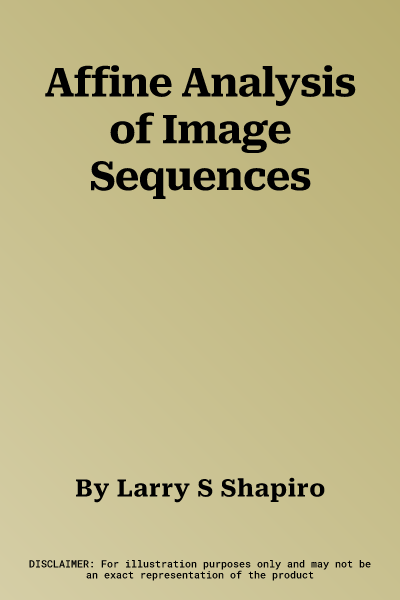Larry S Shapiro
(Author)Affine Analysis of Image SequencesHardcover, 28 July 1995

Temporarily out of stock
Free Delivery
Cash on Delivery
15 Days
Free Returns
Secure Checkout

Part of Series
Distinguished Dissertations in Computer Science
Print Length
224 pages
Language
English
Publisher
Cambridge University Press
Date Published
28 Jul 1995
ISBN-10
0521550637
ISBN-13
9780521550635
Description
Product Details
Author:
Book Format:
Hardcover
Date Published:
28 July 1995
Dimensions:
25.5 x
18.31 x
1.6 cm
ISBN-10:
0521550637
ISBN-13:
9780521550635
Language:
English
Location:
Cambridge
Pages:
224
Publisher:
Weight:
576.06 gm